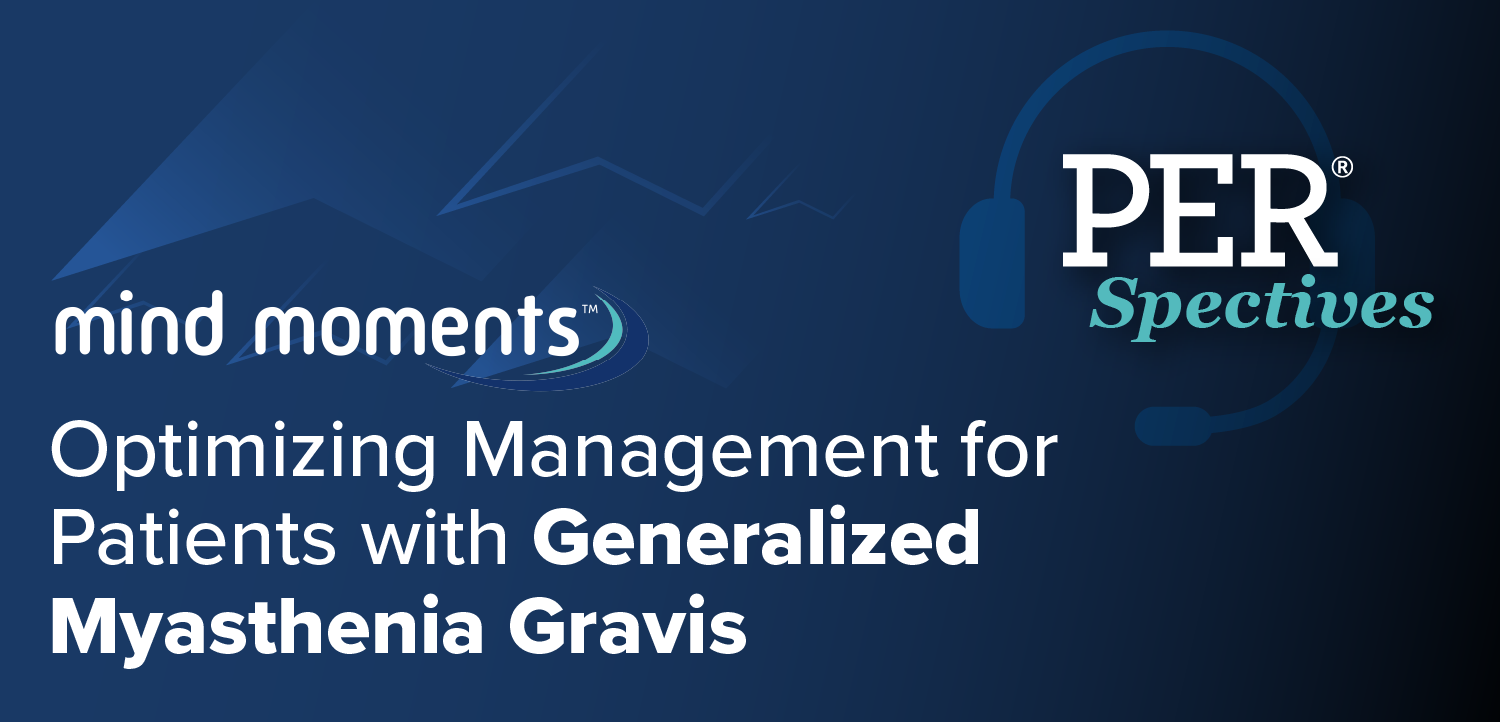
Insights on Quanterix Simoa Assay to Diagnose Alzheimer Disease: Mark Roskey, PhD
The chief scientific officer at Quanterix gave a clinical overview on how the company’s Simoa platform enables ultrasensitive detection of neurodegeneration biomarkers in blood, transforming Alzheimer and Parkinson disease research. [WATCH TIME: 3 minutes]
WATCH TIME: 4 minutes
"What once required a spinal tap, we can now measure in blood—Simoa is making neurology more molecular and more accessible."
As the number of individuals with neurodegenerative disorders will continue to rise over the next several decades, the need to properly quickly identify and diagnose patients as early as possible becomes paramount. The field has shifted towards more biologic-based definitions to help understand where patients stand in their disease course, as well as to distinguish similarly-presenting disorders apart from each other. One way to facilitate that has been through the advent of technologic diagnostic assays, like Quanterix’ Simoa platform.
Quanterix, a digital biomarker technology company, presented over 80 posters, presentations, and sessions covering the Simoa technology at the recently concluded
During the meeting, NeurologyLive® caught up with Mark Roskey, PhD, chief scientific officer at Quanterix, to give an overview of how the powerful digital immunoassay platform operates. Using bead-based detection and femtoliter wells, Simoa makes it possible to measure key neurodegeneration biomarkers such as tau, neurofilament light (NfL), and p-tau217 directly in blood, rather than CSF. Furthermore, Roskey highlighted the platform’s growing importance in Alzheimer and Parkinson research, particularly its role in advancing early diagnosis and tracking disease progression using subspecies of tau, inflammatory markers like GFAP, and evolving multiplex strategies.
Newsletter
Keep your finger on the pulse of neurology—subscribe to NeurologyLive for expert interviews, new data, and breakthrough treatment updates.



































